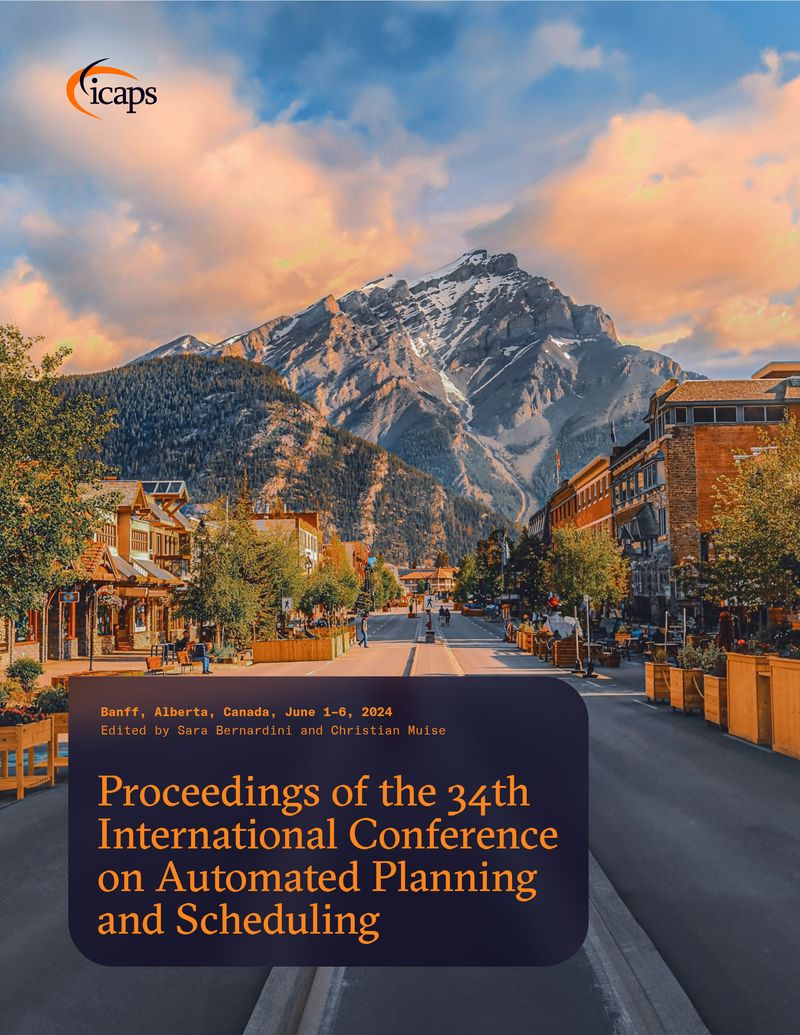Specifying Goals to Deep Neural Networks with Answer Set Programming
DOI:
https://doi.org/10.1609/icaps.v34i1.31454Abstract
Recently, methods such as DeepCubeA have used deep reinforcement learning to learn domain-specific heuristic functions in a largely domain-independent fashion. However, such methods either assume a predetermined goal or assume that goals will be given as fully-specified states. Therefore, specifying a set of goal states to these learned heuristic functions is often impractical. To address this issue, we introduce a method of training a heuristic function that estimates the distance between a given state and a set of goal states represented as a set of ground atoms in first-order logic. Furthermore, to allow for more expressive goal specification, we introduce techniques for specifying goals as answer set programs and using answer set solvers to discover sets of ground atoms that meet the specified goals. In our experiments with the Rubik's cube, sliding tile puzzles, and Sokoban, we show that we can specify and reach different goals without any need to re-train the heuristic function. Our code is publicly available at https://github.com/forestagostinelli/SpecGoal.Downloads
Published
2024-05-30
How to Cite
Agostinelli, F., Panta, R., & Khandelwal, V. (2024). Specifying Goals to Deep Neural Networks with Answer Set Programming. Proceedings of the International Conference on Automated Planning and Scheduling, 34(1), 2-10. https://doi.org/10.1609/icaps.v34i1.31454

